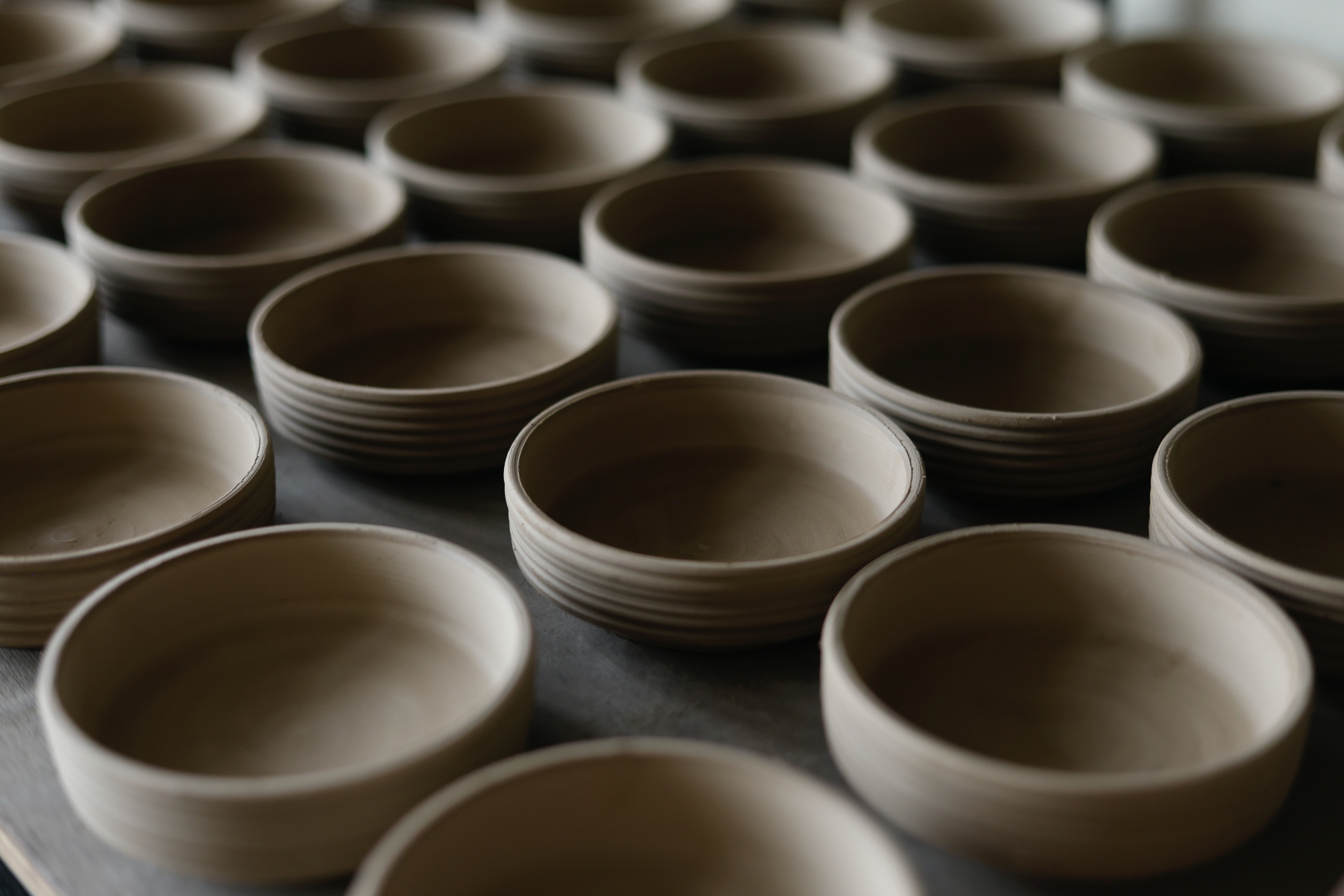Hari the Potter
Clay worker of Thimi expands to new ceramic productsHari Chandra Prajapati was only 14 when he started learning how to mould a lump of clay into a work of art just like his forebears did.
There was something about shaping wet clay into everyday items that fascinated the teenager, and inspired him to follow his ancestral trade at a time when his peers were more into video games and movies.
By age 15, he had taken over the family business in Thimi started by his great-grandfather.
Read also: Take to pottery during the pandemic, Monika Deupala

Today, Jwojolapa Ceramics, tucked away in a narrow alley of this ancient town is a showroom, and a training centre.
Beginners and professional pottery makers all come here to revive a millennia-old tradition that Thimi is famous for.
Kathmandu Valley used to be a lake till as recently as 10,000 years ago, and when the water drained away it left fertile alluvium ideal for agriculture and pottery.
Read also: Casting years in earth, Abha Eli Phoboo

“Nobody is ever perfect in the art of pottery, but we all carry on the legacy of our ancestors and also innovate with ceramics,” says Prajapati.
Nepal’s handmade ceramics have been replaced by mass produced items from India and China that are more durable.
But ceramic kitchen items and household pottery products are experiencing a renaissance in Nepal, as demand grows for more home and hand-made articles with artistic designs.
Read also: Bhaktapur's potters adapt to survive, Monika Deupala

Clay pots and earthenware have always been extensively used in religious rituals, now people are eager to incorporate them in their daily lives as well.
“As more people become aware of its significance, they are relearning and reviving this art, which makes me happy,” says Prajapati, who is also a certified pottery and ceramics skills trainer having taught in Korea and many schools in Kathmandu Valley.
Many who visit Prajapati’s shop to learn pottery do so because they consider it a form of therapy as they let the fingers shape the oozing clay.
Read also: Feats of clay, Alexandra Alter

With help from the Association of Craft Producers, Prajapati has connected with buyers from all over the world.
Business suffered after the 2015 earthquake and during the Covid lockdowns. Prajapati tried his hands at other businesses but it was inevitable that he would return to a profession he was passionate about.
Large objects like flowerpots are still fired with wood, but electric kilns have simplified the process and most pieces are glass-glazed.
Read also: Coming out of the woodwork, Kunda Dixit

“We used to turn the potters’ wheel with our hands in the past, but it is easier now with an electric motor. I can focus better on the designs,” he says.
Raw clay has become difficult to source because Kathmandu is getting more built-up. Prajapati used to truck in clay from Sintitar, but the place now has apartment blocks, so he has to venture further afield to Sankhu.
Despite challenges, Prajapati is excited for what the future holds for the handicraft art form. He says, “It makes me happy to see the enthusiasm of the younger generation in traditional craft. Now we can preserve our cultural heritage and create opportunities for future generations.”
Read also: Crafting a heritage, Shriluna Shrestha




